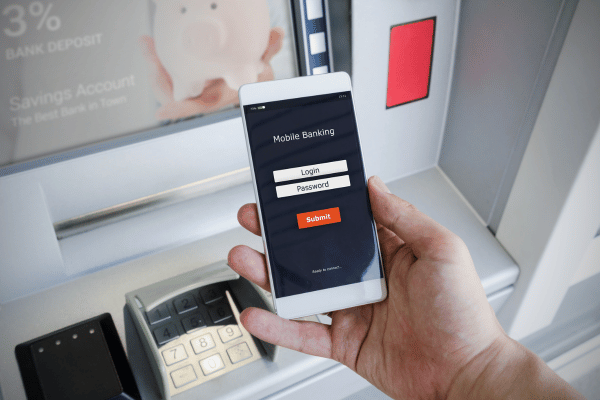
Open banking is revolutionizing the financial sector by promoting data sharing between traditional banks and third-party services. This interoperability aims to improve customer experiences, offer personalized financial services, and create a more competitive landscape. However, as with any technological advancement, open banking also brings its own set of challenges and risks, particularly in the field of security and fraud prevention. In this article, we will examine the double-edged nature of open banking concerning fraud risks and the strategies to mitigate them.
Open Banking: A Brief Overview
Open Banking refers to a banking model that allows third-party developers to build applications and services around a financial institution. Enabled through the use of APIs (Application Programming Interfaces), Open Banking aims to offer a more seamless, integrated, and personalized banking experience for consumers. It empowers customers to share their financial data securely across various financial service providers, thereby unlocking a host of benefits such as easier account management, better loan rates, and more customized financial products. Initially conceived as a regulatory mandate in regions like the European Union through PSD2 (Payment Services Directive 2), Open Banking has now become a global trend. Financial institutions, fintech companies, and even retail enterprises are collaborating to leverage the opportunities presented by Open Banking, all in the interest of providing consumers with more choices, better services, and enhanced financial transparency.
The Risks of Open Banking
Increased Attack Surface
Open banking inherently increases the number of touchpoints where fraudulent activities could potentially occur. With more entities having access to sensitive financial data, the risk surface expands, making the ecosystem more vulnerable to cyber-attacks.
API Vulnerabilities
APIs serve as the gateway for data sharing in open banking. However, insecure API endpoints could become entry points for cybercriminals looking to exploit the system.
Consent Abuse
Fraudsters could trick users into giving consent for malicious third-party apps to access their financial data, paving the way for fraudulent transactions or identity theft.
The Mitigating Factors
While open banking introduces new vulnerabilities, it also offers an array of technologies and protocols designed to secure transactions and protect customer data. Let’s look at some of these mitigating factors.
Robust Authentication
Open banking standards mandate the use of multi-factor authentication (MFA) to ensure that only authorized users can access financial data. MFA enhances security by requiring multiple forms of verification before allowing access.
End-to-End Encryption
Open banking ecosystems are designed to be secure by default, employing end-to-end encryption for data transfers. This ensures that the data remains secure while in transit, significantly reducing the risk of interception.
Regular Audits and Compliance Checks
Financial authorities usually require all participants in an open banking ecosystem to undergo regular audits and comply with stringent security standards, reducing the chances of vulnerabilities going unnoticed.
AI and Machine Learning
Modern fraud detection systems that employ machine learning algorithms can monitor transaction patterns in real-time to identify and flag any suspicious activities, thereby enhancing the security framework of open banking.
Best Practices for Fraud Prevention in Open Banking
Vet Third-Party Partners
It’s crucial for financial institutions to thoroughly vet any third-party services with which they choose to integrate. This includes checking their security protocols, data handling practices, and compliance with regulations like GDPR or CCPA.
Consumer Education
An informed consumer is a secure consumer. Banks and financial institutions should educate their customers about the potential risks and safety measures in place, and how to safely navigate the open banking ecosystem.
Real-Time Monitoring
One of the most effective ways to detect fraud in real-time is through constant transaction monitoring. Any anomalies, such as an unusually large withdrawal or multiple failed login attempts, can be flagged for immediate review.
Limiting Data Access
Limit the types of data that third-party services can access to only what is necessary for them to provide their service. This follows the principle of least privilege, which helps to minimize the risks associated with data exposure.
The Future: Balancing Innovation and Security
The rapid growth of open banking offers promising opportunities for innovation and personalized financial services. However, it is crucial to navigate this landscape with a strong focus on security and fraud prevention. The responsibility is on both financial institutions and third-party services to collaborate and create a secure, transparent environment for consumers.
Conclusion
Open banking is a transformative force in the financial sector, but its potential to introduce new avenues for fraud cannot be ignored. By leveraging advanced technologies and adhering to strict security standards, risks can be significantly mitigated, providing a secure, user-centric open banking experience.
As the open banking ecosystem continues to evolve, ongoing vigilance, technological advancements, and collaborative efforts among all stakeholders will be critical in striking a balance between innovation and security.







